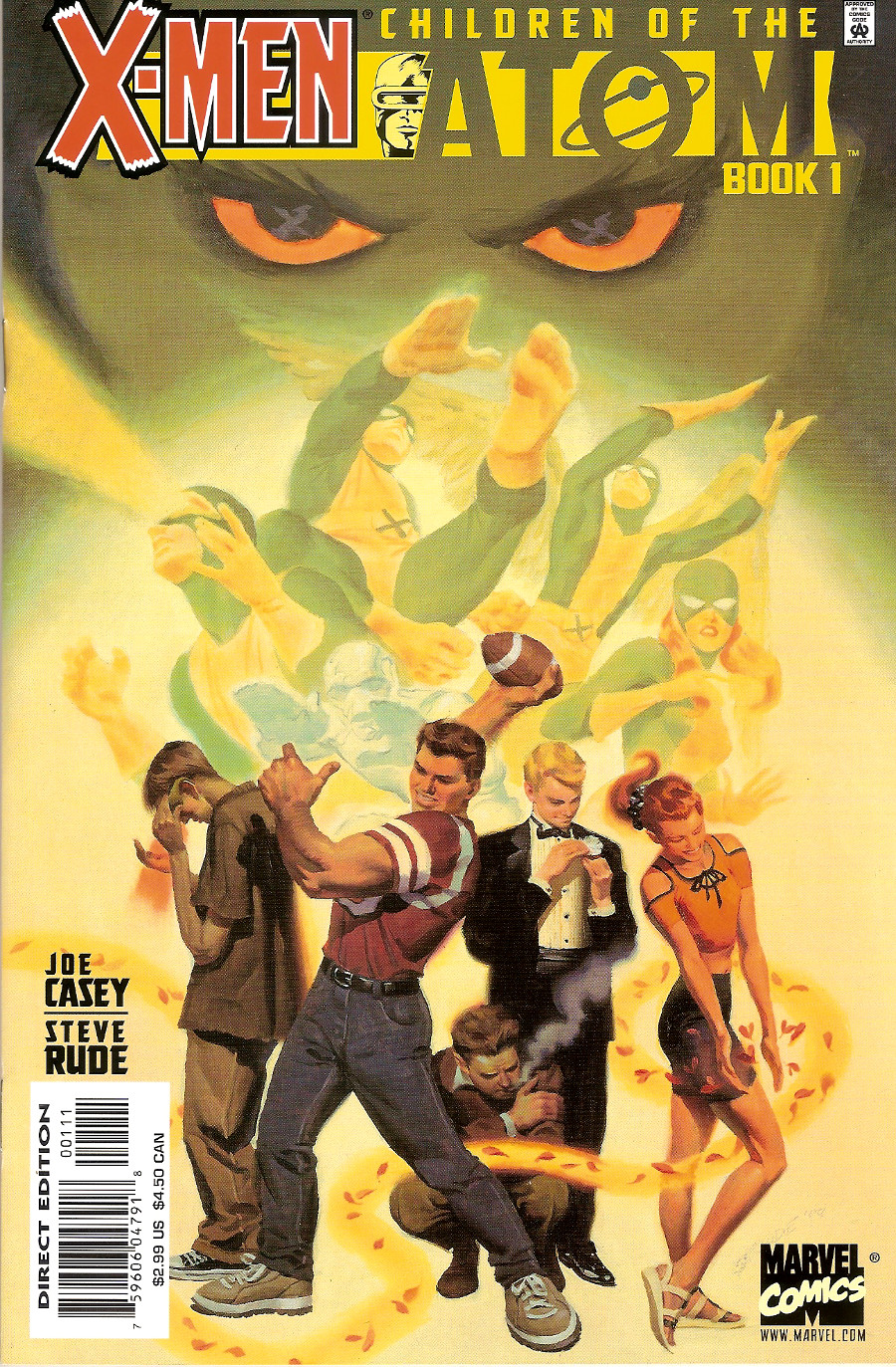 Still dragging a day behind. Given the nature of tomorrow’s film, I figured it would be a good time to revisit this miniseries.
Still dragging a day behind. Given the nature of tomorrow’s film, I figured it would be a good time to revisit this miniseries.
In 1999, Marvel decided to revisit the founding of the original team of X-Men in a miniseries titled X-Men: Children of the Atom, written by Joe Casey and drawn by Steve Rude with inks by Andrew Pepoy. Like the later Smallville TV series, X-Men COA reimagined characters and situations while tying in what became central themes of the series in later issues.
I can imagine no better artist than Rude taking on this challenge, given the way he blatantly pays homage to his 60’s and 70’s inspirations (60’s commercial art, Kirby, Steranko, Alex Toth’s Hanna-Barbera cartoon designs) while remaining modern and vibrant.
And from the first page of the first issue, it’s apparent that Rude is eager to meet the challenge. Count the hidden X’s.
We are introduced to a younger Charles Xavier, who is worried that rising anti-mutant hysteria might lead the government to crack down on mutants in the most oppressive fashion possible. So he recruits an up-and-coming agent, Fred Duncan, to be his contact in the agency.
Meanwhile, there is growing paranoia in the world at large. A charismatic preacher, William Metzger, is rallying people to his cause by preaching hate against mutants. On the streets at night, a costumed vigilante brings small-time criminals to justice using his mutant powers. Charles Xavier is shown to be counseling the parents of a telekinetic teenager and teaching her to control her powers.
And at Freeport High School, among the stoners and skinheads are three very special students.
What made X-Men: COA work as well as it did was that it took a story and characters very familiar to long-time fans and gave them a more in-depth, more sophisticated treatment. For instance, Beast’s origin story originally showed him to be a popular high school quarterback who revealed his true abilities when robbers for some reason tried to escape across the field during a game.
After his secret was revealed, a small-time supervillain named the Conquistador kidnapped Hank’s parents and forced Hank to steal a prototype invention for him, after which the early X-Men helped him rescue his parents and bring the Conquistador to justice.
In X-Men: COA, Hank is a popular high school quarterback who is hiding his mutant abilities, but some fellow students learn his secret and attempt to kill him with a sniper rifle during a football game (against the rival Conquistadores). Hank reveals his abilities as he stops the snipers.
Unfortunately, one of them dies, and Hank is made a pariah at the school, which is when Xavier tries to recruit him.
The important thing to note here is that Hank McCoy is portrayed in the miniseries in a way he never really was in the comics. Likewise with Bobby “Iceman” Drake, who in the original series was the youngest of the group and a jokester. Here, though, he’s completely withdrawn, bullied and suffering from his powers without any control over them.
Scott Summers, Cyclops, is a shy loner who is being kept by a thief who abuses him horribly and intends to exploit his powers for crime. It takes three issues, but eventually, Scott fights back against his abuser.
Although he of course keeps from delivering the coup de grace, instead making the “Then I’ll be no better than you” speech.
But the biggest surprise is Angel. rich kid Warren Worthington III. The most ineffectual of the original team, he is the only one who wears a costume and fights crime. And the costume is interesting.
It combines elements of the original X-Men uniforms with the individualized costume Angel wore in the later Neal Adams run.
Angel fights criminals and is chased by a prototype Sentinel, but gets away when the robot mysteriously explodes. Angel is later confronted in his room by a mysterious powerful someone.
On the one hand, I loved Rude’s art and the way story felt familiar yet fresh. On the other hand, I wasn’t thrilled with the characterizations, especially of future team leader Scott as an abused victim. Casey’s dialogue sometimes got away from him, too. In trying to make characters sound cool, he sometimes lost the thread of the scene; things would get hard to follow.
The miniseries lasted for 6 issues, but I only bought the first three. Although there were things I liked about it, I was really only there for Rude’s art, and when Marvel pulled their usual artist-bait-and-switch (something I’d been wary of since the fourth issue shuffle in the 1991 Kevin Maguire Captain America: Sentinel of Liberty miniseries) in the fourth issue, I dropped out.

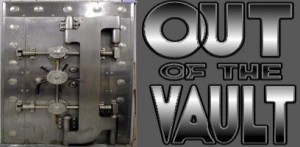
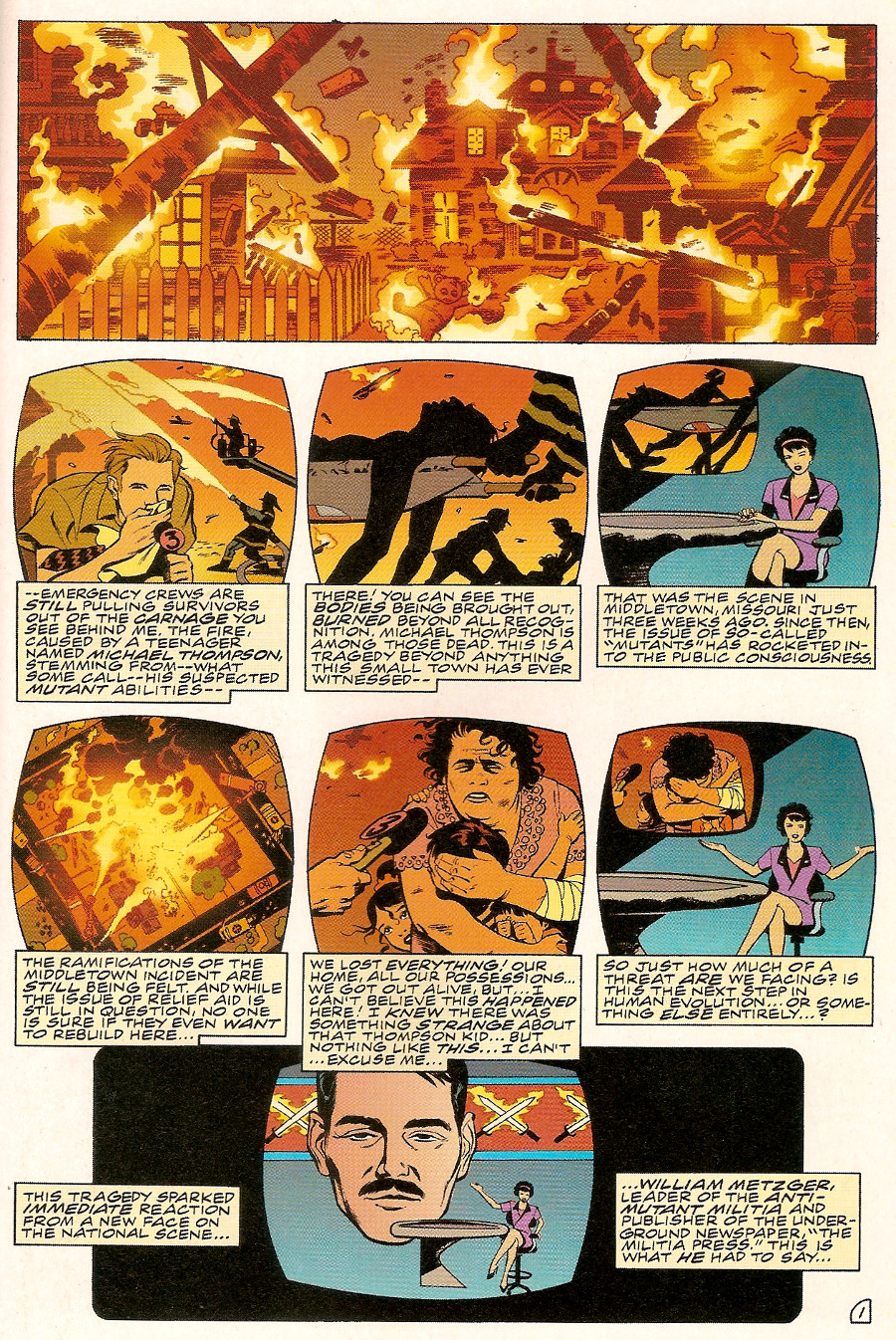
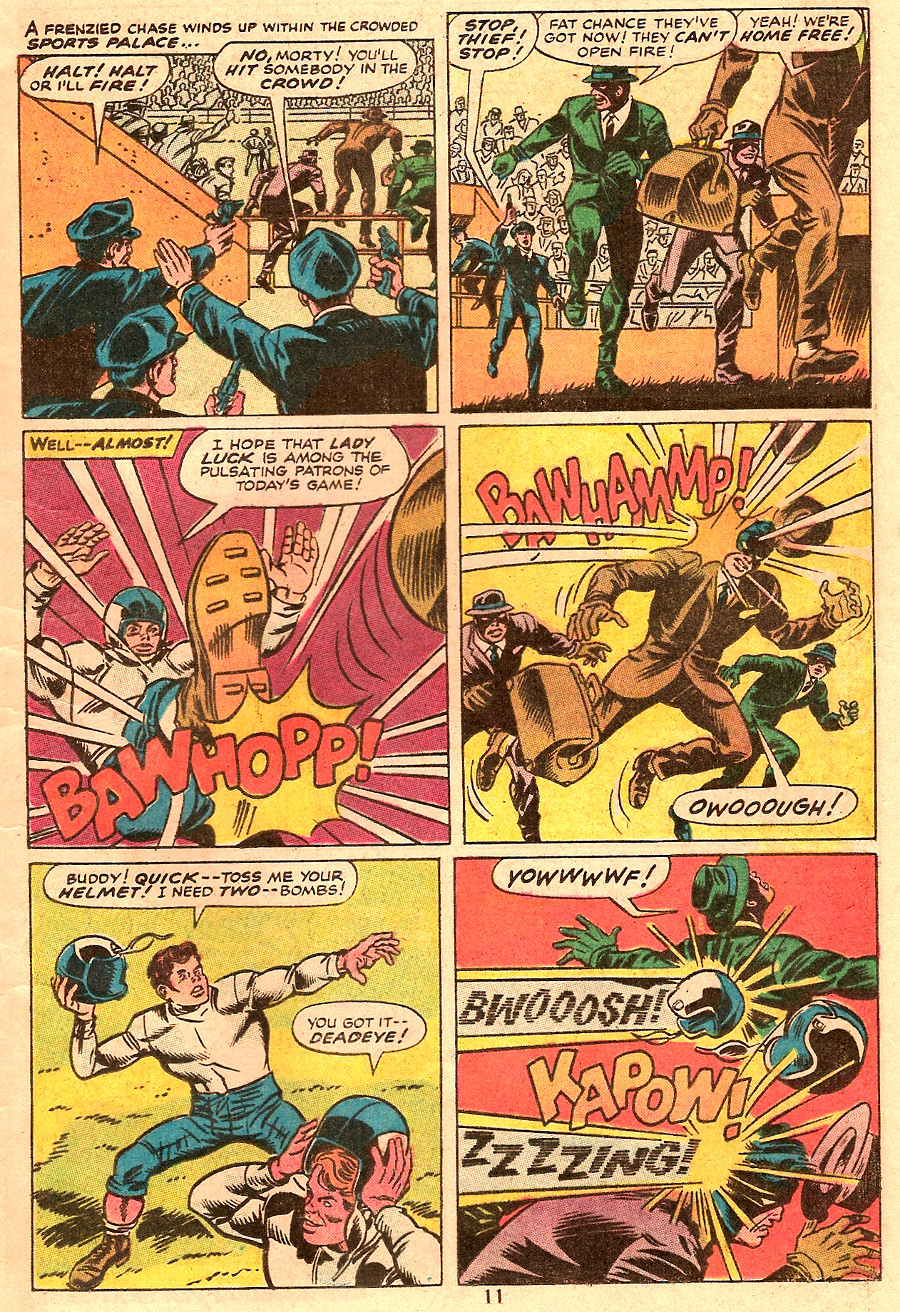
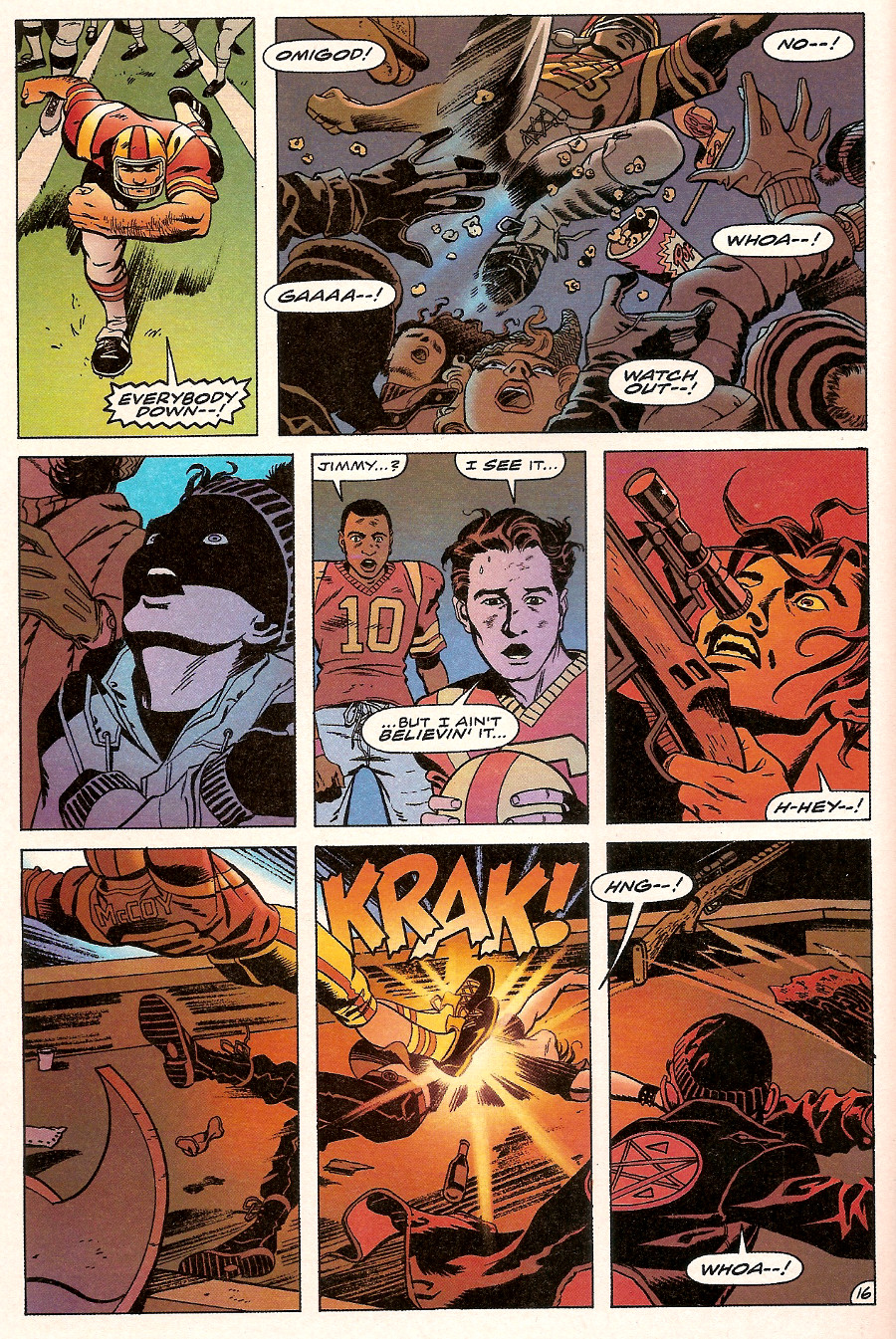
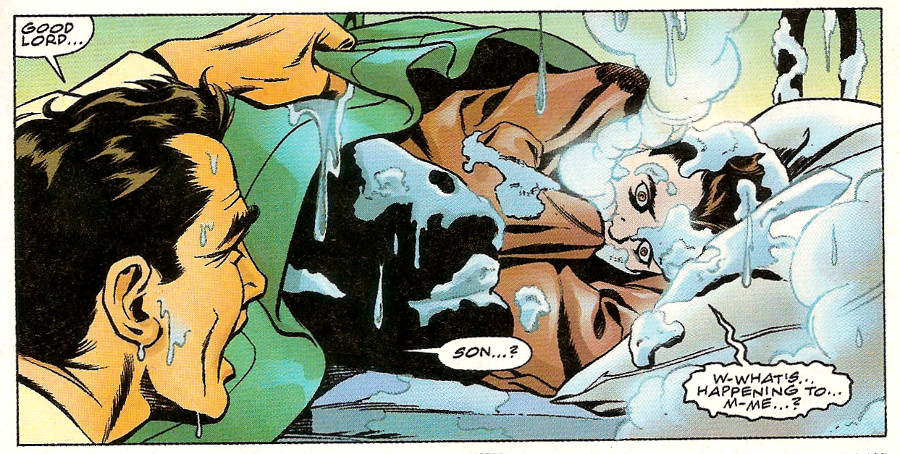
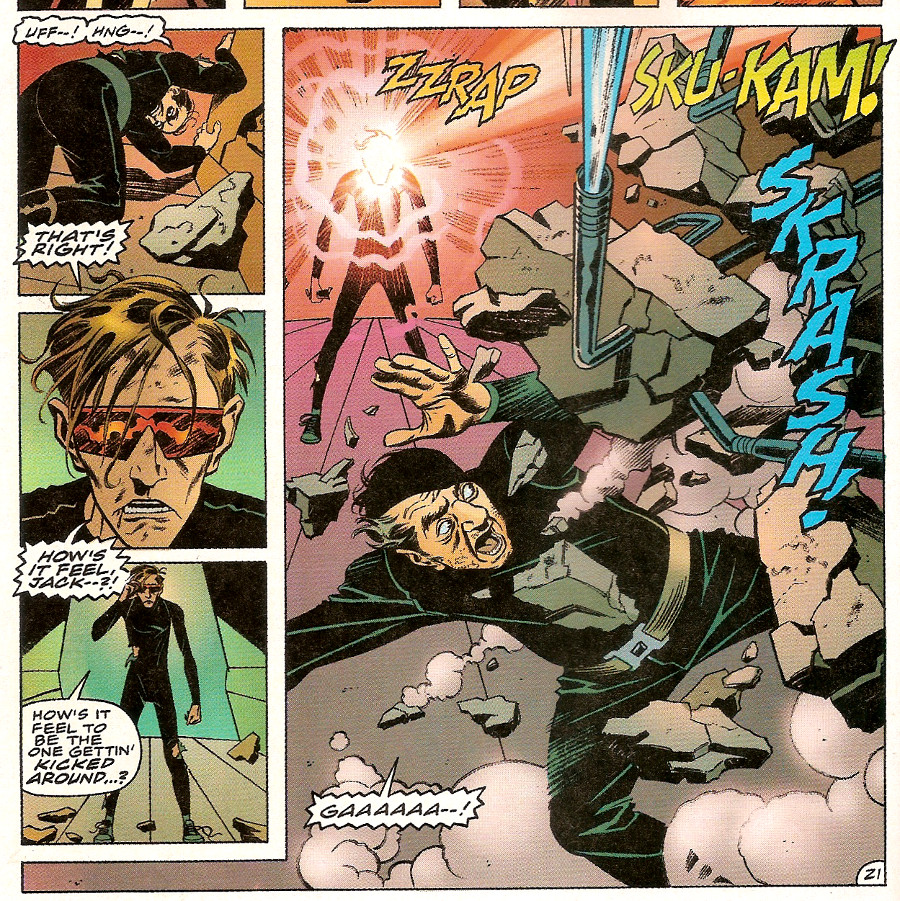
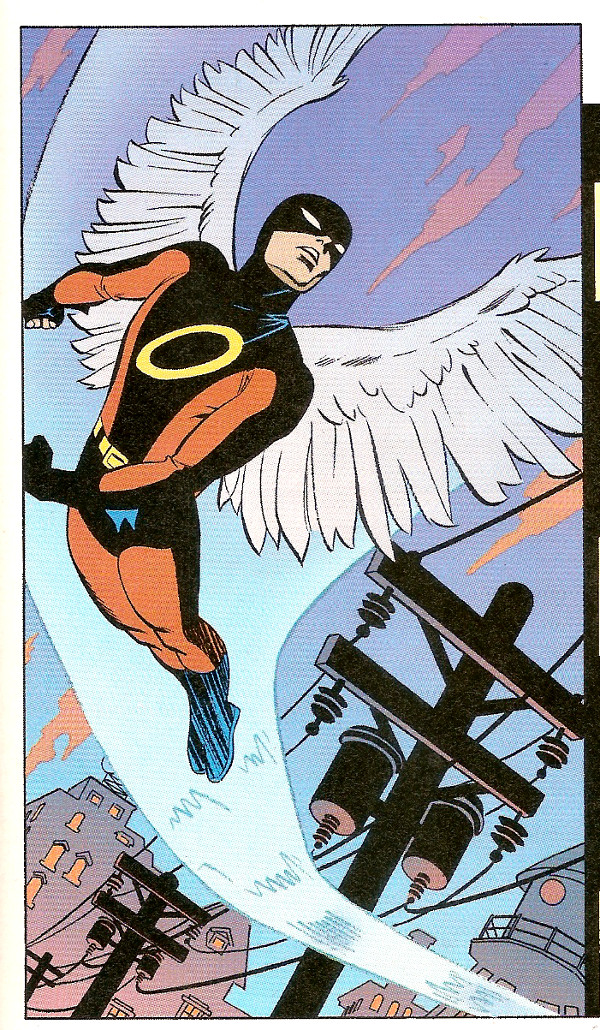
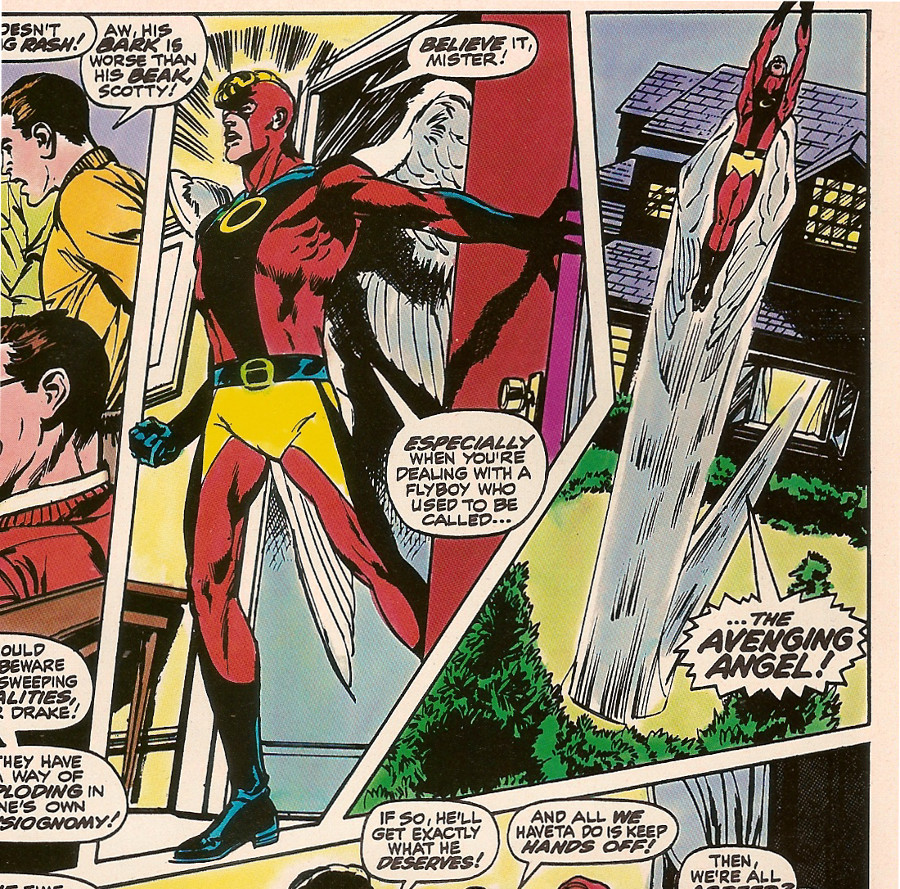
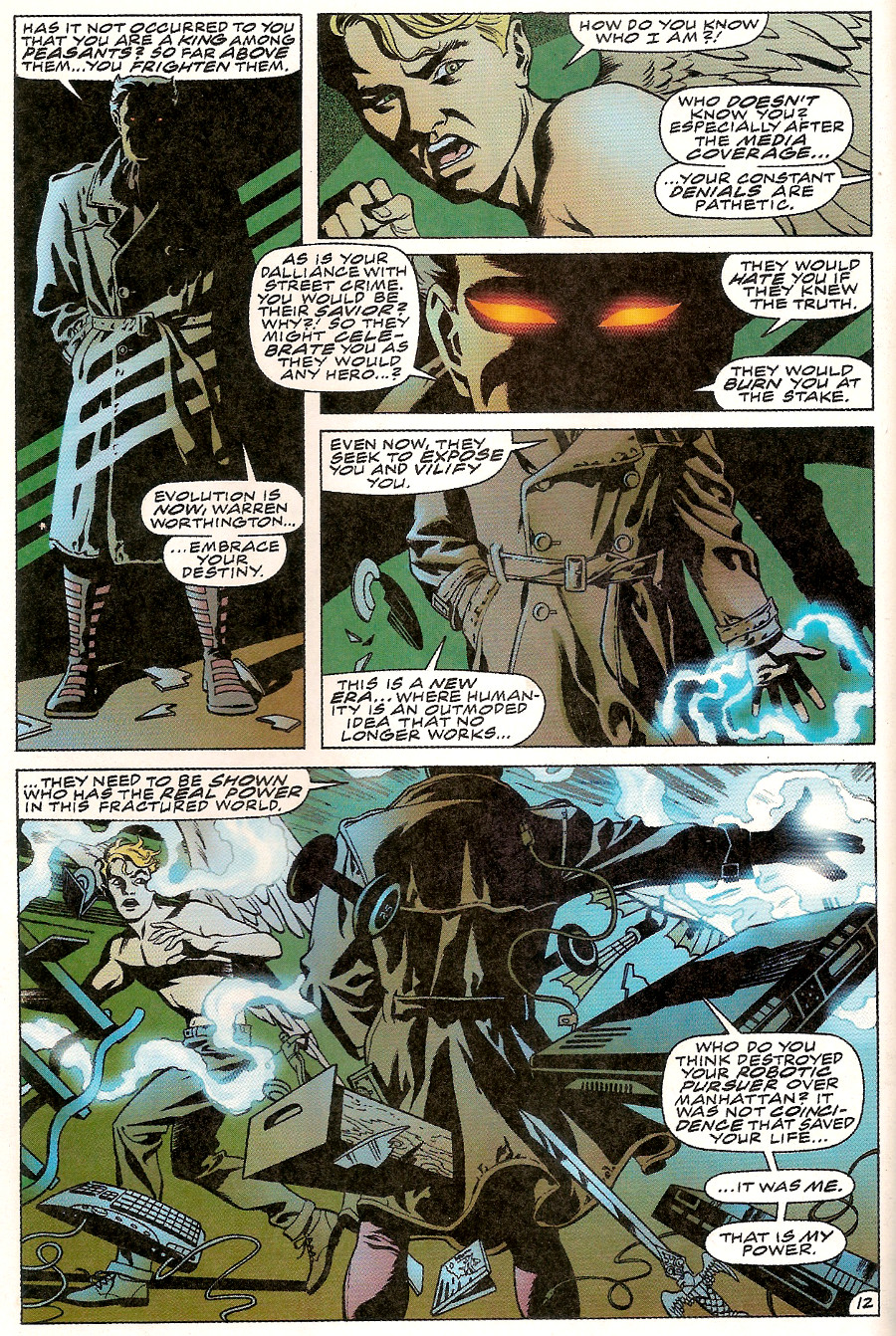



Pingback: Super Movie Monday – X-Men First Class | Hero Go Home